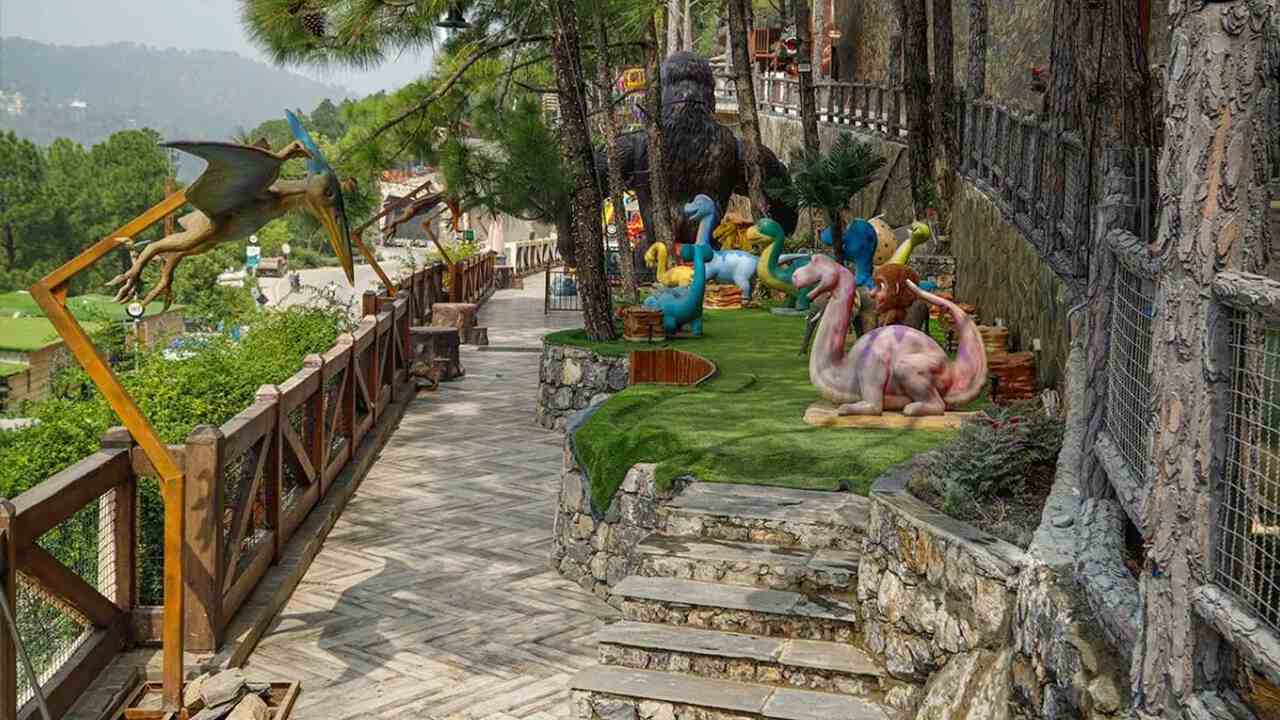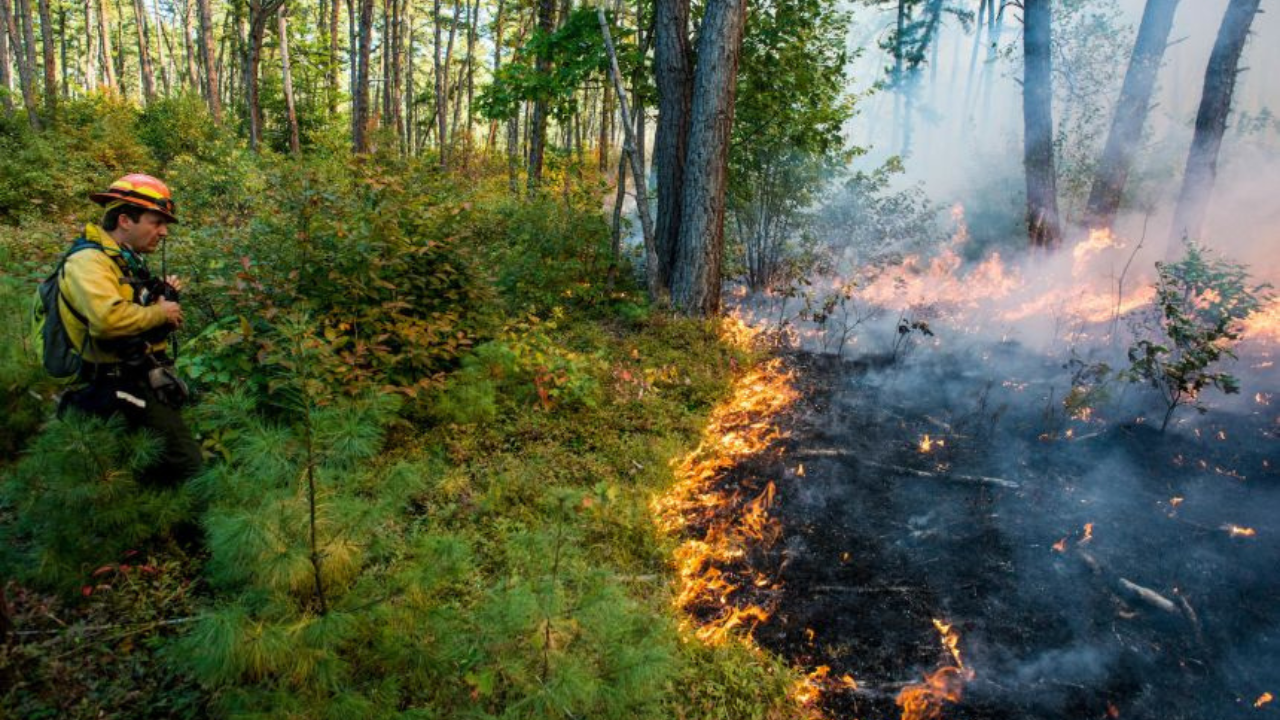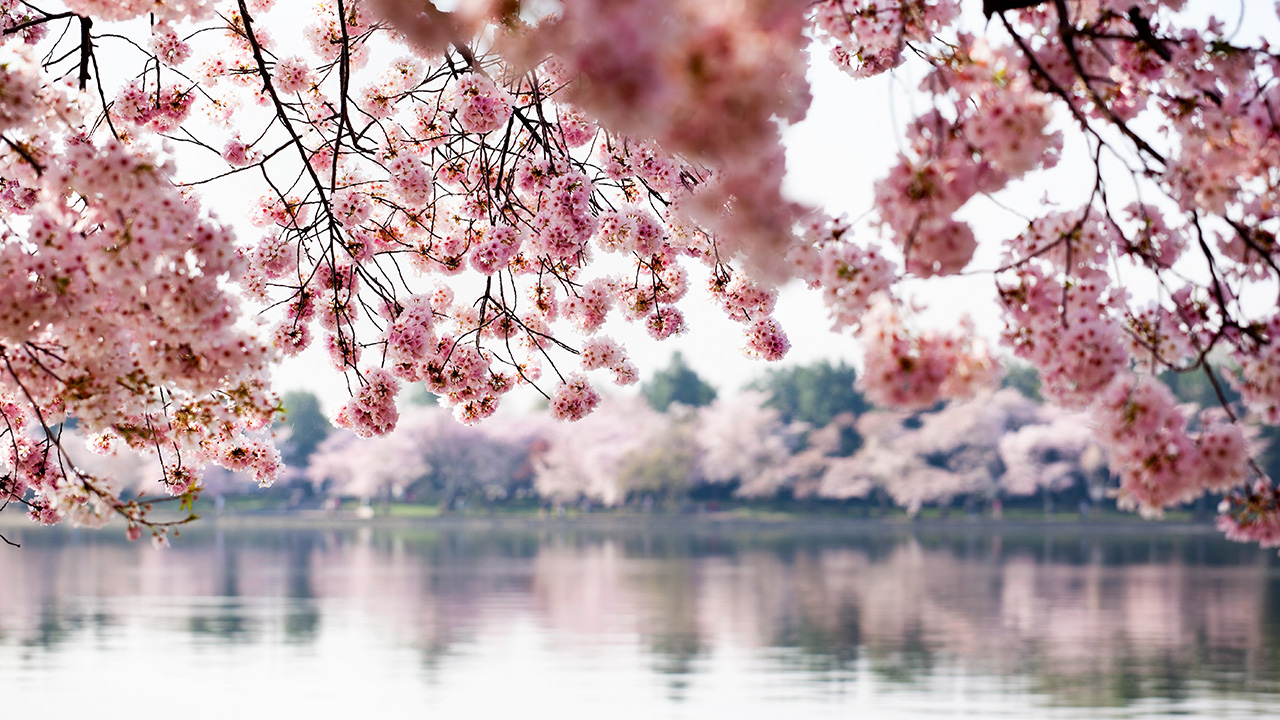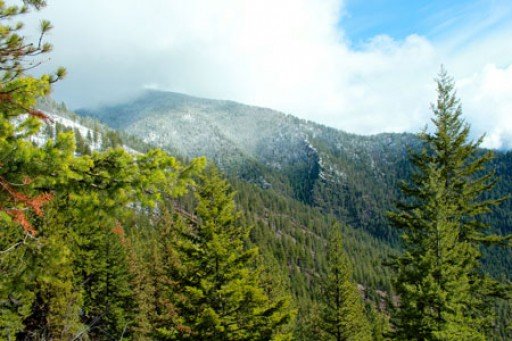Below is a professional, long-form article (approximately 2,000 words) about the Prescribed Burn Season until April 2025, written in English. The article incorporates the requested categories: Blog, Forest Conservation, Forest Flora Basics, Forest Flora Education, Medicinal Plants, Rare & Endangered Flora, Seasonal Flora Changes, and Tree Identification. It is designed to be informative, engaging, and aligned with current practices in forest management, focusing on the period from March 27, 2025 (today’s date as provided) to April 2025. The content reflects a
As spring emerges in 2025, the prescribed burn season is in full swing across many forested regions of the world. From now until April 2025, land managers, conservationists, and communities are harnessing the power of controlled fire to restore ecosystems, protect biodiversity, and prepare landscapes for the challenges ahead. Running typically from late winter through early spring, this season—spanning March 27, 2025, to the end of April—offers optimal conditions for low-intensity burns that rejuvenate forests without the risks of summer wildfires. In this blog-style exploration, we delve into the significance of the prescribed burn season, weaving together forest conservation, flora education, medicinal plants, rare species protection, seasonal changes, and tree identification. Join us as we uncover how this ancient practice shapes our natural world today.
A Blog-Style Introduction: Fire as a Friend
Imagine standing in a forest where the air hums with the crackle of a controlled flame, a faint smoky haze curling through the trees. This isn’t destruction—it’s renewal. The prescribed burn season until April 2025 is a critical window for land managers to apply fire deliberately, mimicking nature’s rhythms to maintain healthy ecosystems. Whether in the pine savannas of the southeastern U.S., the oak woodlands of the Midwest, or the boreal forests of Canada, these burns are carefully planned to reduce wildfire risks, boost native flora, and support wildlife. As we explore this season, we’ll see how fire, far from being a foe, is a vital ally in the dance of forest life—a tool as old as the landscapes it shapes.
Forest Conservation: Fire as a Restoration Force
Prescribed burns are a cornerstone of modern forest conservation, especially during the season ending in April 2025. Decades of fire suppression have left many forests overcrowded with dense underbrush and deadwood, creating tinderboxes primed for catastrophic wildfires. Controlled burns, timed for early spring when humidity is moderate and winds are predictable, clear this excess fuel, reducing the risk of uncontrolled blazes later in the year. In regions like California, where the 2023 wildfire season underscored the need for proactive measures, federal investments of $3.3 billion since 2022 have prioritized prescribed fire across 21 high-risk landscapes.
This season’s burns also restore ecological balance. By thinning out invasive species and encouraging native plants, prescribed fire maintains habitats that have evolved with periodic burning. For example, in the longleaf pine ecosystems of the southeastern U.S., burns scheduled before April 2025 will clear competing vegetation, allowing these fire-adapted trees to thrive. Conservationists aim to treat millions of acres annually, a goal supported by partnerships between agencies like the U.S. Forest Service and organizations like The Nature Conservancy. This season’s efforts are a proactive step toward resilient forests that can withstand climate change, pests, and drought.
Forest Flora Basics: The Building Blocks of Burned Landscapes
Understanding the flora affected by prescribed burns starts with the basics. Forests host a diverse cast of plants—trees like oaks and pines, shrubs such as huckleberry, and groundcover like grasses and ferns. During the burn season ending April 2025, low-intensity fires sweep through the understory, consuming dry leaves and small twigs while leaving mature trees intact. This process favors fire-adapted species, which dominate many ecosystems targeted for burns.
Take the longleaf pine (Pinus palustris), a staple of southern U.S. forests. Its thick bark shields it from heat, and its seedlings—protected by a grassy stage—survive low flames. Similarly, wiregrass (Aristida stricta) regrows vigorously post-burn, its deep roots tapping into nutrient-rich soil exposed by fire. These plants aren’t just survivors; they’re beneficiaries, relying on burns to clear shade-loving competitors like maples. As the season progresses, land managers monitor these species, ensuring burns align with their life cycles—typically avoiding late spring nesting periods for wildlife while maximizing plant regeneration.
Forest Flora Education: Learning Through Fire
The prescribed burn season until April 2025 isn’t just about action—it’s about education. Across the globe, programs are teaching communities and students how fire shapes flora. In Ontario, Canada, the Ministry of Natural Resources and Forestry conducts workshops during this period, showing how burns sustain oak savannas. Participants learn to spot fire-dependent plants like wild lupine (Lupinus perennis), whose seeds crack open in heat, a trait explained through hands-on field trips.
In the U.S., initiatives like North Carolina’s Wildlife Resources Commission map real-time burn data, offering digital tools for citizens to explore affected flora. Schools near burn sites host “Fire Ecology Days,” where kids identify post-burn regrowth—grasses sprouting within weeks, wildflowers dotting the forest floor by April’s end. These efforts demystify fire, turning it into a classroom where the lesson is clear: controlled burns aren’t chaos; they’re a calculated boost to biodiversity, a truth rooted in the plants themselves.
Medicinal Plants: Healing from the Ashes
Forests touched by prescribed burns often harbor medicinal plants, and the season until April 2025 highlights their resilience. In North America, species like willow (Salix spp.) thrive near waterways where burns clear overgrowth. Willow bark, rich in salicin (a natural pain reliever), has been used for centuries by Indigenous peoples—a tradition revitalized post-burn as new shoots emerge. Similarly, yarrow (Achillea millefolium), with its antiseptic properties, flourishes in open, burned areas, its feathery leaves a common sight by late April.
The East Texas longleaf pine forests, burned this season, also support plants like the pitcher plant (Sarracenia spp.), whose carnivorous leaves aid digestion in traditional remedies. The Nature Conservancy’s burns here ensure these species persist, balancing conservation with cultural heritage. By scheduling burns before the growing season peaks, managers protect these plants’ reproductive cycles, ensuring their medicinal value endures—a quiet gift from the forest’s renewal.
Rare & Endangered Flora: A Lifeline Through Fire
For rare and endangered flora, the prescribed burn season until April 2025 is a lifeline. Many such species depend on fire to survive habitat loss and competition. In Florida’s pine savannas, the endangered marsh gentian (Gentiana pneumonanthe) blooms more vibrantly after burns clear dense shrubs, a process planned for this spring. Its blue flowers, rare outside these ecosystems, signal success as populations rebound post-fire.
Likewise, the fen orchid (Liparis loeselii) clings to wet meadows in the eastern U.S., where burns scheduled before April 2025 restore its soggy habitat by removing encroaching woody plants. These efforts, often paired with seed banking by groups like Kew Gardens, safeguard genetic diversity. The season’s timing—before summer heat dries wetlands—maximizes survival odds, proving fire’s role as a protector of the rarest green threads in nature’s tapestry.
Seasonal Flora Changes: Spring’s Fiery Transformation
The prescribed burn season until April 2025 triggers striking seasonal flora changes. In late March, forests may appear barren, with charred understories and leafless trees. But as April unfolds, the transformation is swift. In Midwestern oak savannas, burned in early spring, wildflowers like prairie violet (Viola pedatifida) erupt by month’s end, their purple blooms thriving in newly opened sunlight. Grasses, too, surge—little bluestem (Schizachyrium scoparium) greens up within weeks, its roots fueled by ash-released nutrients.
In northern boreal forests, burns expose mineral soil, sparking birch (Betula spp.) seed germination by April’s close. These shifts reflect fire’s role in resetting seasonal clocks, aligning plant growth with spring rains. Managers track these changes, adjusting burn plans to avoid disrupting key phenological stages—like flowering or seed set—ensuring the forest’s rhythm hums on, vibrant and renewed.
Tree Identification: Reading the Burned Landscape
Tree identification takes on new depth during the prescribed burn season. By April 2025, the forest reveals its fire-adapted giants. In the Southeast, longleaf pines stand tall, their scorched lower trunks a badge of resilience, identifiable by needle clusters and conical buds. Oaks (Quercus spp.), with lobed leaves emerging post-burn, dot Midwestern woodlands, their thick bark unmarred by low flames. In contrast, fire-sensitive maples, with smoother bark, show scorch marks, retreating where burns favor oaks.
Citizen science apps, like those used in Wisconsin’s burn programs, help enthusiasts name trees—photograph a pine’s bark, and it’s tagged as Pinus resinosa (red pine). Guided walks this season teach these traits, linking identification to ecology: fire-resistant trees dominate where burns are frequent. This knowledge empowers communities to see forests not as static, but as dynamic systems shaped by flame.
Conclusion: A Season of Renewal
The prescribed burn season until April 2025 is a fleeting yet powerful chapter in forest stewardship. From conserving ecosystems and educating the public to nurturing medicinal plants and rare flora, these controlled fires weave a story of resilience and rebirth. Seasonal changes paint the landscape anew, while tree identification grounds us in its living history. As March fades into April, each burn is a promise—a commitment to healthier forests, richer biodiversity, and a legacy of care.
This season, fire isn’t an end; it’s a beginning. Whether you’re a landowner joining a burn crew or a student spotting regrowth, the invitation is open: step into the forest, feel its pulse, and witness how a spark, carefully wielded, lights the way to a thriving tomorrow.
-

Tips for Navigating the Park During the Great Forest Park Balloon Race
-

National Tennis Tournament’s Return to Forest Park Recalls Dwight Davis Legacy
-

Be the Heart of the Park: Support Forest Park Today
-

Removing Invasive Plant Species Helps Restore Kennedy Forest
-

Prescribed Burn Season Until April 2025: A Vital Tool for Forest Health and Flora Preservation
-

The East Waterways Project: A Journey into Forest Conservation and Flora Preservation
-

Tips for Navigating the Park During the Great Forest Park Balloon Race
-

Tune in to KMOV on Day 4 Forest Park: A Celebration of Nature and Community
-

Predicting Spring: The Human Way
-

Generations of Love for Forest Park: A Legacy of Conservation and Community
-

Be the Heart of the Park: Support Forest Park Today
-

Removing Invasive Plant Species Helps Restore Kennedy Forest
-

Prescribed Burn Season Until April 2025: A Vital Tool for Forest Health and Flora Preservation
-

The East Waterways Project: A Journey into Forest Conservation and Flora Preservation
-

Tips for Navigating the Park During the Great Forest Park Balloon Race
-

Tune in to KMOV on Day 4 Forest Park: A Celebration of Nature and Community
-

Predicting Spring: The Human Way
-

Generations of Love for Forest Park: A Legacy of Conservation and Community
-

25th Annual Invasive Species Removal & Habitat Restoration Project Day: A Milestone in Conservation Efforts
-

The Forest Park Experience: Fly Fishing With Kevin

